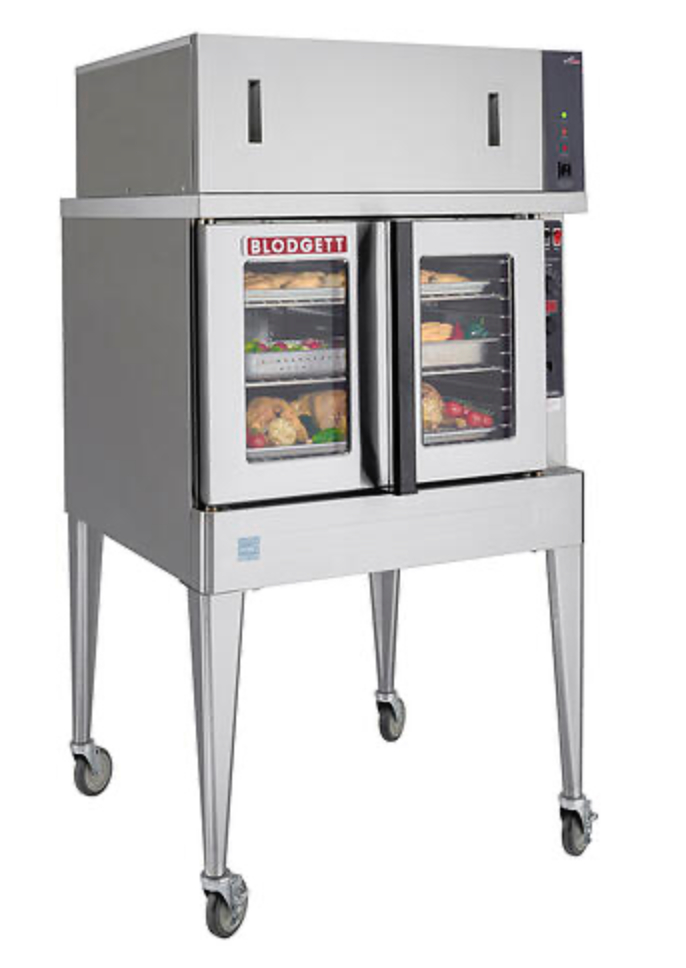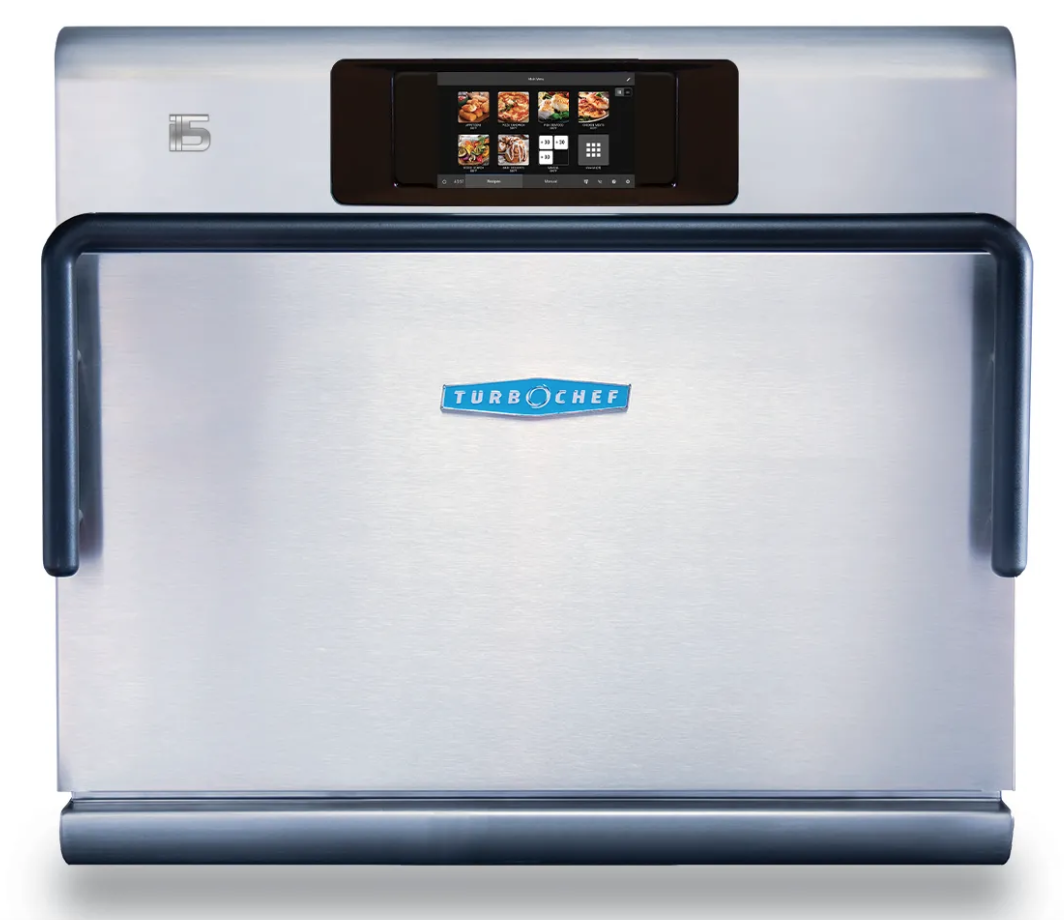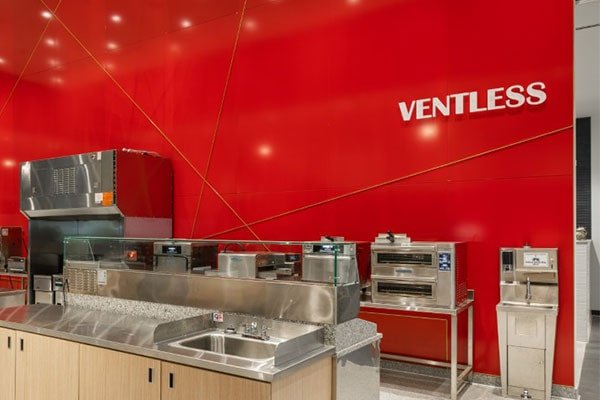The 8 Rules of a Ventless Kitchen: Your Guide to All Things Ventless
By: Joe Louis Ferri, Director of Project Sales, AKA “Ventless Joe”
As commercial kitchens evolve, so do the technologies that power them. Ventless cooking equipment is one of the most significant advancements in recent years, allowing kitchens to operate without traditional ventilation systems. This innovation expands opportunities for kitchen layouts, locations, and efficiency. Here, I’ve outlined the essential rules for ventless kitchens and highlighted the major benefits of going ventless.
The 8 Rules of Ventless Kitchens
- Only Electric Equipment Permitted: Currently, ventless technology is designed exclusively for electric equipment. Gas appliances are incompatible with ventless systems due to safety and regulatory concerns.
- Grease and Odor Removal: Most ventless systems focus on removing grease but may not eliminate odors. However, newer models, like those from Evo, incorporate advanced technology to scrub the air clean, removing both grease and odors before recirculating the purified air.
- Leading Manufacturers: Middleby has been at the forefront of ventless technology and has nearly a dozen brands with ventless cooking solutions, including leading manufacturers such as TurboChef, Blodgett, Carter-Hoffmann, and Wells.
- No Exterior Venting Required: Ventless technology eliminates the need for exterior venting, allowing kitchens to be set up in previously impractical spaces without compromising air quality or safety.
- Four Technologies at Work: Ventless solutions utilize one or more of the four filtration methods, often in tandem, to achieve optimal air filtration and grease removal. Middleby is uniquely positioned to integrate all the major emerging technologies into its products, including the latest in its patented E-Vent VentCore hood.
- Heat Extraction: While not currently a feature of ventless tech, heat extraction may be mitigated by far less costly means than traditional exhaust systems.
- Fire Suppression Systems (FSS): Most ventless units, except for ovens, come with built-in fire suppression systems, ensuring safety and compliance with fire codes (always check with local code officials).
- Equipment Placement: When planning to use ventless equipment for your commercial kitchen, Pecinka Ferri offers the experience and expertise in the agency approval process. In many instances, pre-approvals have already been secured from Fire and other agencies.


The Benefits of Ventless Kitchens
- Ventless equipment allows kitchens to be constructed in spaces that were previously off-limits due to ventilation requirements. This creates more possibilities for inventive and efficient kitchen layouts and optimal use of all your space.
- Investing in ventless equipment can offer tax benefits as capital equipment, which are often more favorable than those for building improvements.
- Ventless equipment is portable and can be relocated, unlike traditional units that are considered permanent fixtures. This flexibility is ideal for businesses that may move locations.
- Without traditional ductwork, ventless equipment can be installed quickly, eliminating lengthy HVAC buildouts that can often push back openings by weeks, if not months. Maintenance costs are typically less, too.
- By containing potential grease fires within the equipment itself, ventless solutions reduce the risk of fires spreading through ductwork, creating a safer kitchen environment.
- Using ventless equipment in otherwise unusable spaces enhances profitability and ensures a faster ROI.
- Looking to add another location? Your search could be a little easier because there is no need to find a ventilated space.

Ventless technology has reshaped the landscape of commercial kitchens. It not only expands the possibilities for where kitchens can be located, but also significantly reduces installation and operational costs. By understanding and implementing these rules, operators can unlock valuable benefits and new opportunities for more profitable operations. Look for our next blog article soon, in which I’ll share recommendations on the ventless equipment selection process.
Schedule time with Chef Nick at the Culinary Experience for hands-on experience with ventless equipment.
